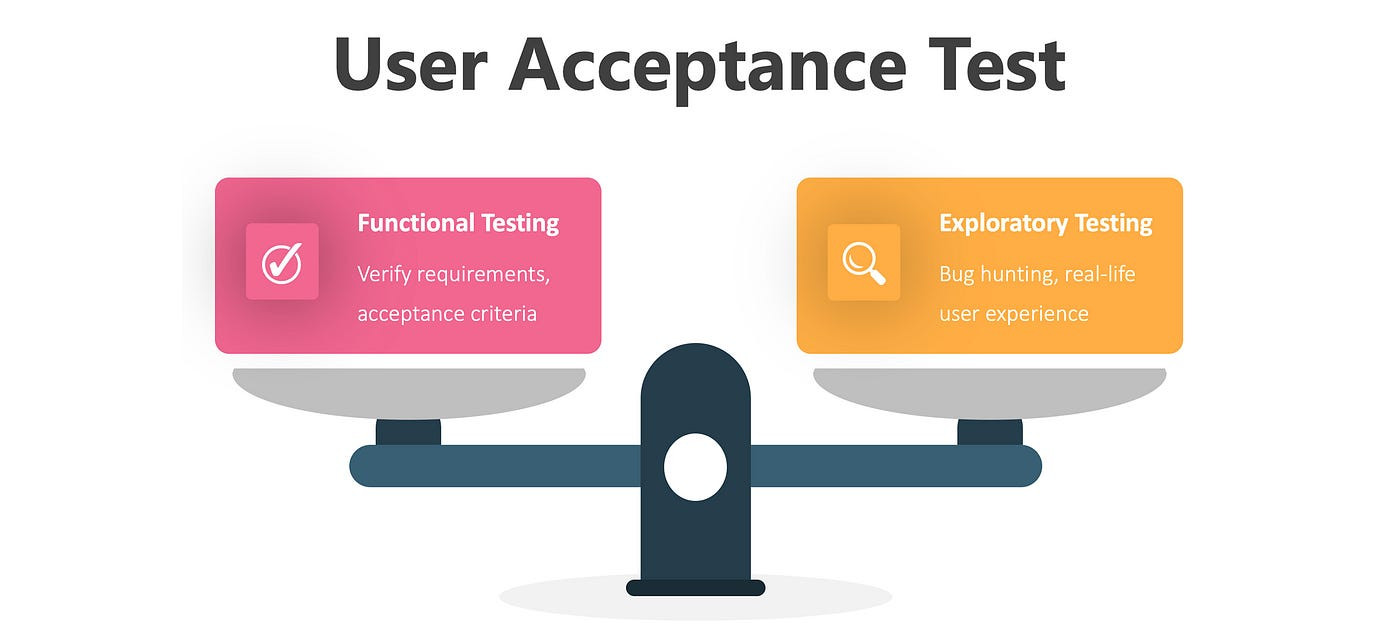 TESTING TOOLS
TESTING TOOLS User Acceptance Testing (UAT) Tools for Generative AI: A Comprehensive Overview

Introduction
As generative AI continues to evolve and find applications across industries, the need for rigorous testing, especially User Acceptance Testing (UAT), has become paramount. UAT ensures that the AI system meets the end-users’ needs and performs effectively in real-world scenarios. For generative AI, where outputs are often creative and unpredictable, traditional UAT approaches need to be adapted or complemented with specialized tools. This article explores some of the key UAT tools and methodologies that can be leveraged to test generative AI systems.
Understanding User Acceptance Testing (UAT)
User Acceptance Testing is the final phase in the software testing lifecycle where the system is tested for acceptability. The main objective of UAT is to validate the end-to-end business flow. It does not focus on cosmetic errors, spelling mistakes, or system testing but instead on ensuring that the system can handle required tasks in real-world scenarios according to specifications.
For generative AI, UAT can be particularly challenging due to the complexity and variability of outputs. Unlike traditional systems, where outputs are more predictable and rule-based, generative AI can produce a wide range of outputs based on the input data and model training.
Key Challenges in UAT for Generative AI
- Subjectivity in Output Evaluation: Generative AI systems often produce creative outputs like text, images, or music, which can be subjective. Evaluating these outputs for correctness and quality can be challenging.
- High Variability: The same input may generate different outputs each time, making it difficult to define clear pass/fail criteria.
- Ethical and Bias Considerations: Generative AI systems can inadvertently produce biased or inappropriate content, which must be carefully tested and mitigated during UAT.
- Scalability: Given the diverse nature of outputs, scaling UAT to cover all potential scenarios can be resource-intensive.
UAT Tools for Generative AI
To address these challenges, several specialized tools and methodologies have been developed or adapted for UAT in generative AI systems.
1. Human-in-the-Loop Testing Platforms
Tool Examples: Scale AI, Mighty AI.
Description: These platforms incorporate human feedback in the testing loop, allowing users to validate AI-generated outputs in real-time. Human evaluators assess the relevance, accuracy, and quality of the outputs, providing valuable insights into how the AI performs in practice.
2. Automated Output Comparison Tools
Tool Examples: Diffchecker, FileMerge.
Description: Automated tools can compare AI-generated outputs against a set of predefined criteria or benchmarks. While useful for detecting deviations, these tools are often supplemented by human evaluation to account for the creative nature of generative AI.
3. Bias Detection and Mitigation Tools
Tool Examples: AI Fairness 360, Fairlearn.
Description: Bias detection tools are crucial in ensuring that generative AI systems do not produce biased or discriminatory outputs. These tools analyze the AI’s outputs for potential biases, providing reports that can be used to refine the model and its training data.
4. Crowdsourced Testing Platforms
Tool Examples: Test IO, UserTesting.
Description: Crowdsourced testing platforms allow businesses to leverage a diverse group of testers from various backgrounds. This is particularly useful for generative AI, as it provides a wide range of perspectives on the AI’s outputs, helping to ensure that the system is acceptable to a broad audience.
5. Synthetic Data Generation Tools
Tool Examples: Gretel.ai, Tonic.ai.
Description: These tools generate synthetic data that can be used to test the generative AI system under different scenarios. Synthetic data is particularly useful for testing edge cases and ensuring that the AI can handle unexpected inputs without producing errors or inappropriate content.
6. Interactive Simulation Environments
Tool Examples: Unity ML-Agents, OpenAI Gym.
Description: These environments allow developers to test their generative AI models in simulated real-world environments. By interacting with the AI in a controlled setting, testers can assess how well it performs under various conditions and scenarios.

Best Practices for UAT in Generative AI
1. Define Clear Objectives: Before starting UAT, clearly define what success looks like. This includes setting specific goals for creativity, accuracy, bias, and user satisfaction.
2. Use a Combination of Tools: Given the complexity of generative AI, relying on a single tool or approach is rarely sufficient. Combine automated tools with human-in-the-loop testing and crowdsourced feedback for a comprehensive evaluation.
3. Iterate and Improve: UAT for generative AI should be an iterative process. Use the feedback from each testing round to refine the model and its outputs, continuously improving the system’s performance.
4. Focus on Ethical Considerations: Pay close attention to potential biases and ethical implications of the AI’s outputs. Regularly use bias detection tools and involve diverse groups of testers to ensure the AI is fair and inclusive.
5. Document and Report: Keep detailed records of the UAT process, including all tests performed, feedback received, and changes made. This documentation is crucial for transparency and accountability.
Conclusion
User Acceptance Testing for generative AI systems presents unique challenges due to the creative and often unpredictable nature of AI-generated outputs. However, with the right tools and methodologies, these challenges can be effectively addressed. By combining human feedback with automated tools, focusing on ethical considerations, and continuously iterating on the model, businesses can ensure that their generative AI systems are ready for real-world deployment.
